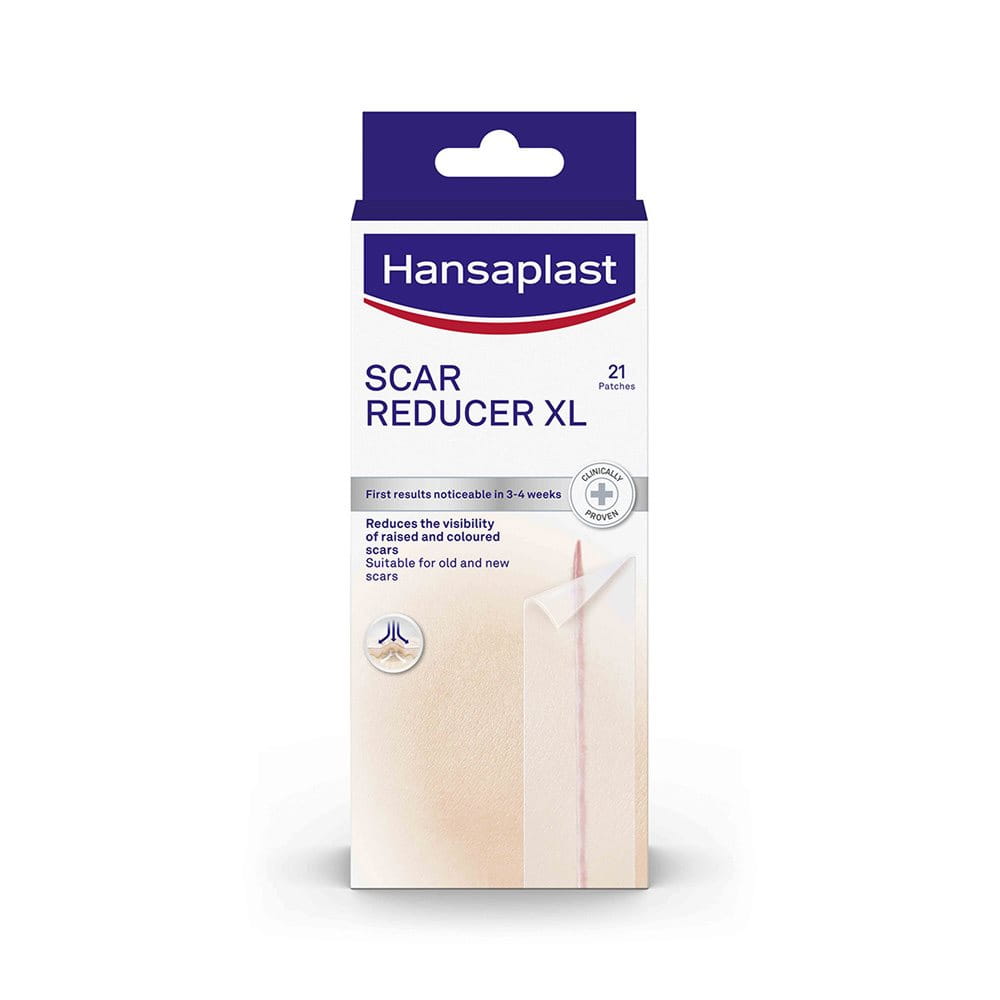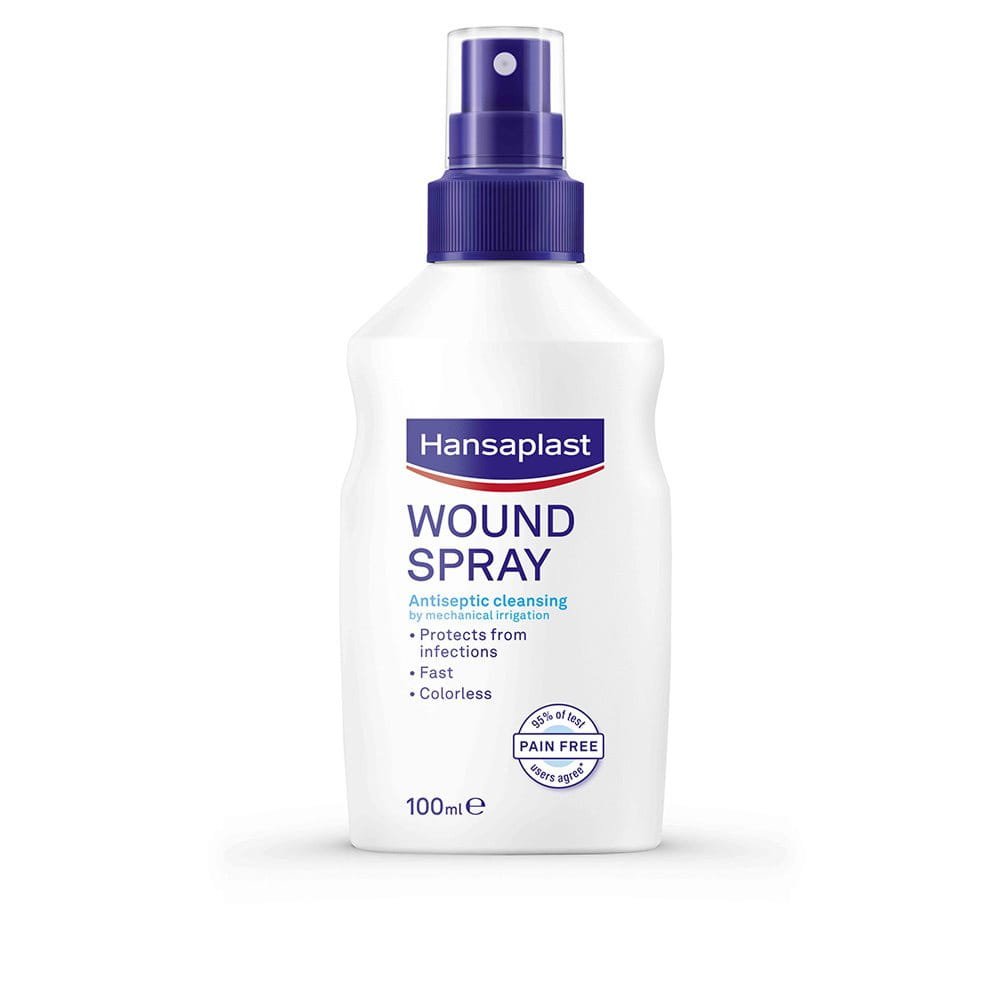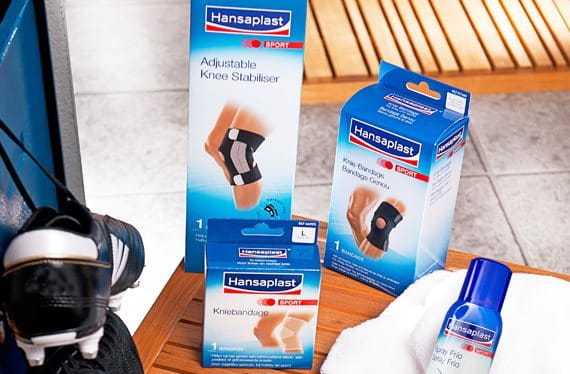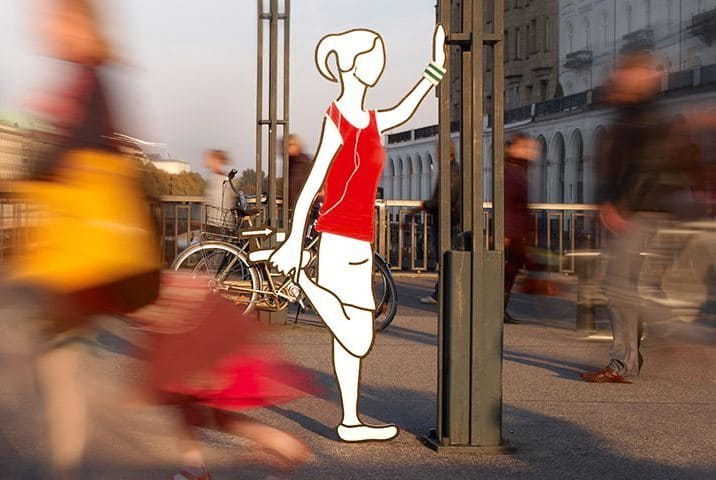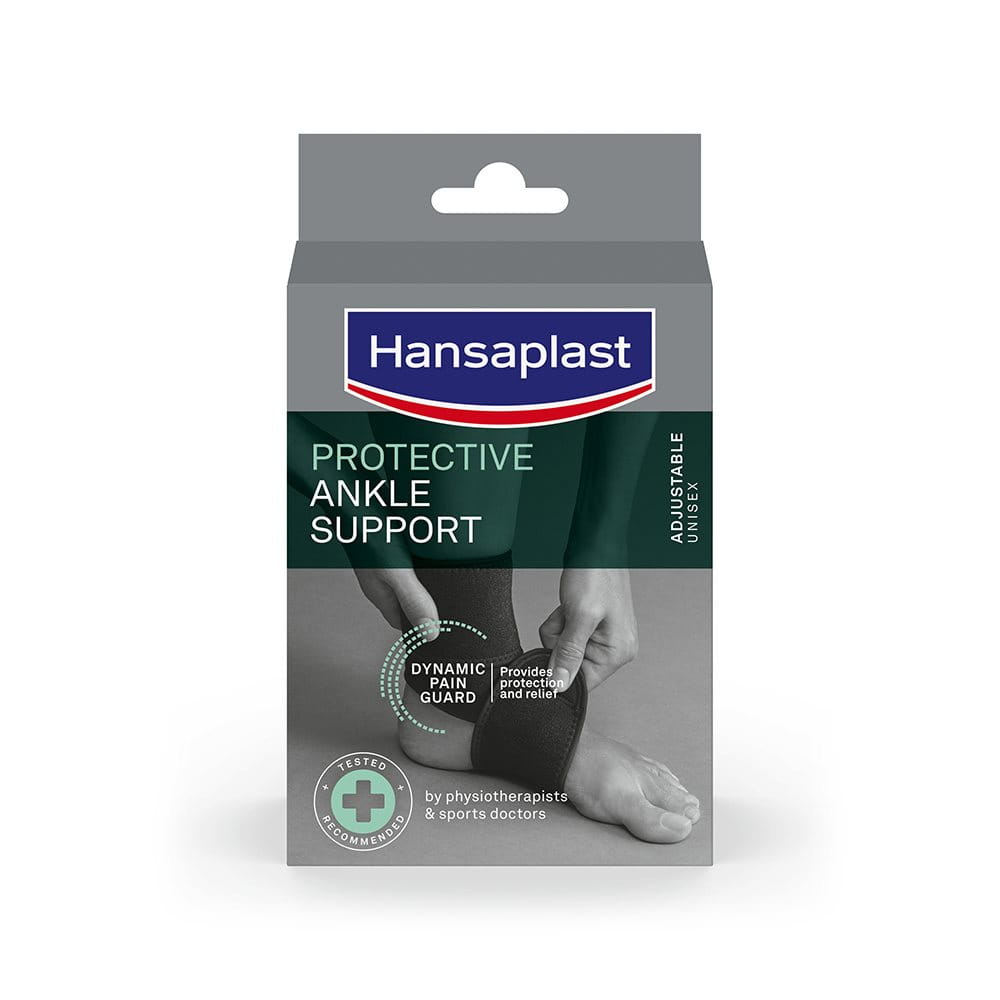Step By Step: Find Your New Routine
Getting started is easier than you think - at any age
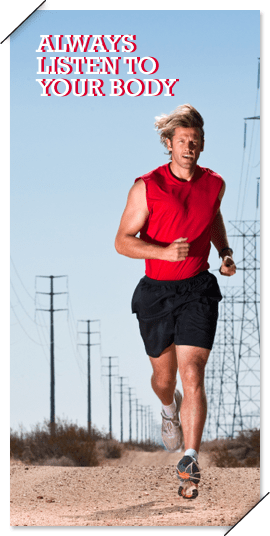
You should ease back into your running programme gradually. The best way to go about it, is a combined walking and jogging programme. The idea is to get you back into running shape, which means running 5km on a regular basis in just two months.
BE PATIENT - AND DON‘T PUSH YOUR LIMIT
While following the two-month-programme, it‘s easy to get impatient, but patience is the key. Don‘t try to do more, even if you feel you can. If, on the other hand, you find the programme too strenuous, just stretch it out. It’s important not to feel pressured to progress faster than you‘re able to. Repeat a week if needed and move ahead only when you feel you‘re ready. Listen to your body, and you’ll be fine.

